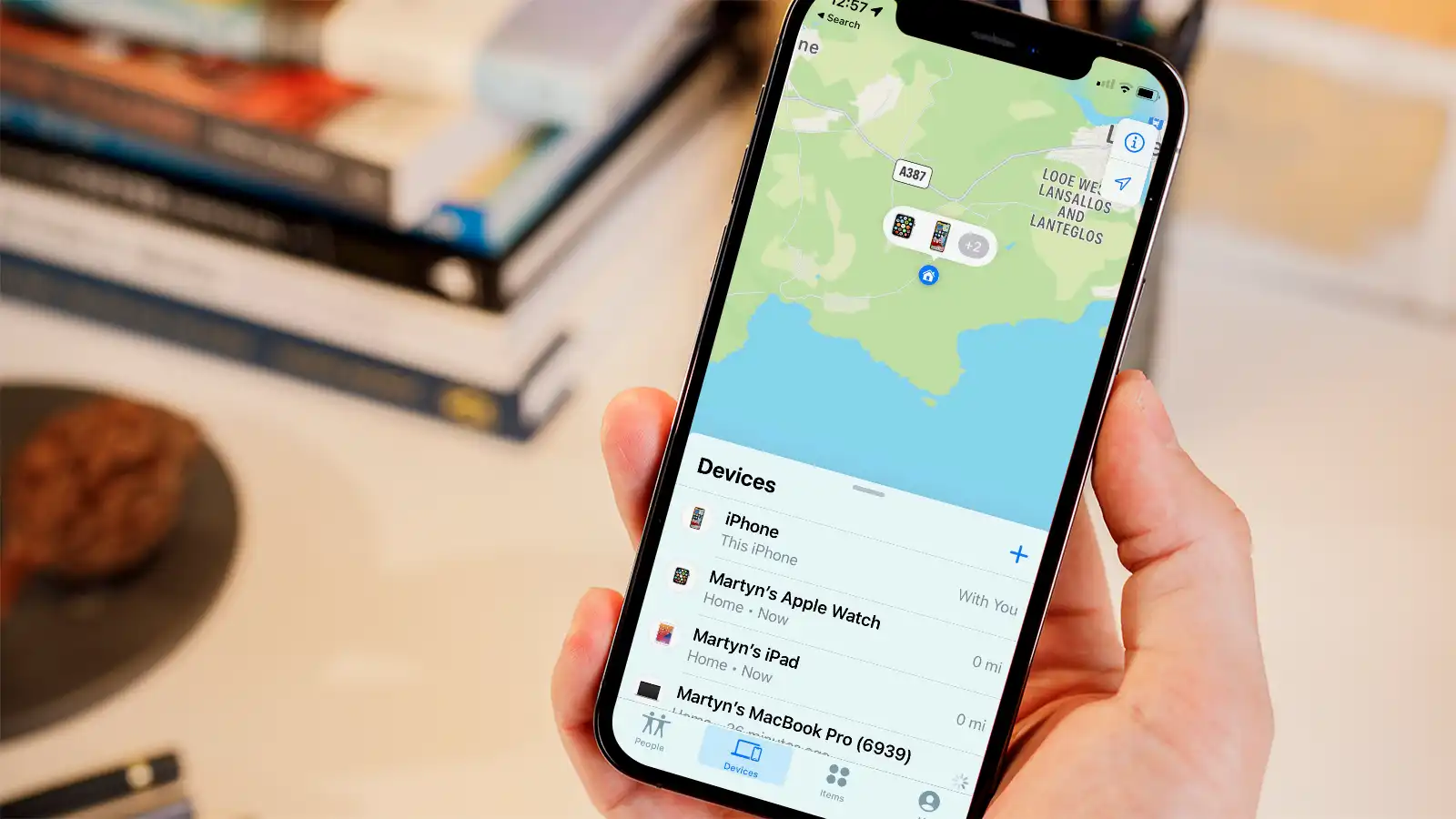
What’s a Mac owner’s worst nightmare? Yes, you already know the answer. For you, nothing can be scarier than losing or stealing your device because all your official and personal information is uploaded to that computer device. For many, their livelihood depends on their computer and nothing is more heartbreaking than the theft of their device. However, the Apple and macOS developers have given a lot of thought to this issue.
With Find My Mac, the user can remotely locate the exact location of their device from anywhere in the world. This makes it the best option to protect your device from theft, and in case of theft, this great feature will help you locate it easily. But before you get started, you’ll need a few things like an Apple ID, another computer, an iOS device, and a working internet connection. Now you can find the lost device, erase all data or lock it.
Here are the steps required to use Find My Mac effectively:
Follow these steps before your system is stolen:
You need to take some protective measures after your device is stolen. The first thing to start is to remotely lock your device and protect your data.
File storage:
The built-in MAC OS “File Vault” software allows you to encrypt your hard drive. Simply put, no one can access your data until they have your Apple ID password. If File Vault isn’t enabled on your device, anyone can access your files as long as they have physical access to your device. File Vault should appear on your device as soon as you bring it home.
Find my Mac:
As mentioned above, Find My Mac helps you track your device if it is stolen. Also, you can remotely wipe all data from your hard drive when it is stolen. However, make sure you have it enabled: go to System Preferences> iCloud and enable the Find My Mac option. To get a more detailed understanding of this topic, follow this link https://setapp.com/how-to/set -up-find-my-mac-and-protect-data and discover many ways to protect your device effortlessly. Read on to learn more:
Turn on Find My Mac:
As mentioned above, you need to enable this feature on your device to use this feature. Now that it’s out of the way, let’s find your device by following these steps.
Phase 1:
Open Find My Mac by going to System Preferences and selecting iCloud. If you haven’t signed in to your iCloud account yet, enter your credentials to log in.
Step 2:
Make sure you have enabled the option as it allows iCloud to find your device and perform necessary operations remotely on the lost device. After enabling, Mac OS X will ask for your permission to enable it again.
Step 3:
Now that you’re signed in to iCloud, make sure Find My Mac is working by making sure the box is checked. You can find this option at the bottom of the list in front of you.
Let’s find your Mac with iCloud:
Now that you have learned how to enable the feature, it is easy for you to locate your device using the iCloud website or your iOS device. Let’s start with iCloud first and then we’ll show you how to locate your device using an Apple iPhone.
Steps to find your device using iCloud:
Phase 1:
Log in to iCloud.com and start entering your username and password. Now that you are, select Find My iPhone. Don’t worry, we know you’re trying to find your MacBook, not your iPhone.
Note: Find My iPhone was originally an iOS service that recently got a new look. Now works correctly with MacBook and other Apple devices. Due to its original name, it can be confusing for the user.
Step 2:
When you click on it, a map will appear showing the exact locations of devices connected to iCloud services. All your Apple devices will appear on that map. You can locate each device individually by clicking its icon as shown on the map or by clicking All Devices at the top of the page and selecting the device you are trying to locate.
With Find My iPhone, you can now filter the results you need – your device. From here, you can remotely lock your device, wipe all data from your hard drive, and even play sounds on your computer. Use these features at your discretion.









